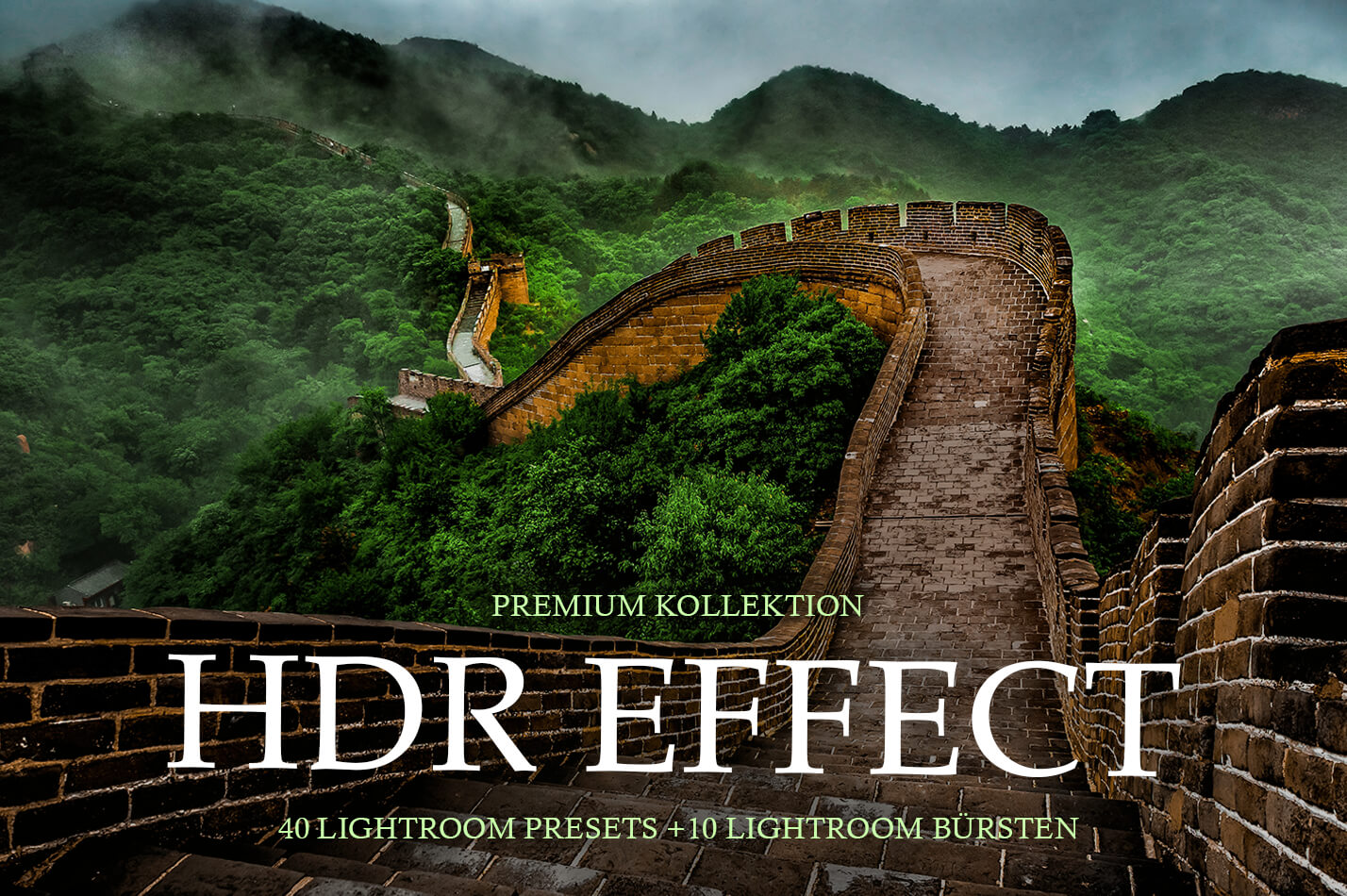

This text appears on the main screen of the app and on the Color Saturation screen.

Note: In some languages, you'll see a reference to a vertical line. The change for color saturation might be subtle and depends on your display characteristics. When customizing the SDR and HDR content color saturation level, drag the slider to adjust the saturation from less saturated (default, on the left) to more saturated (right). While you’re calibrating your display using the three test patterns ( see above), drag the slider until the test pattern is no longer visible on each screen. If you have multiple displays, make sure the HDR Calibration app is on your HDR-capable display.
#HDR EFFECT PRO DOWNLOAD INSTALL#
To get the latest drivers for your GPU, check for Windows updates or visit the website for your GPU manufacturer. To check for Windows updates, select Start > Settings > Windows Update, then select Check for updates.Īfter you install the app, select the Start button, then select All apps > Windows HDR Calibration. NVIDIA: NVIDIA GTX 10xx or later (Pascal+)

Integrated: Intel 11th Gen (Ice Lake) or later Graphics: A newer GPU (required for color saturation to work properly)ĪMD Ryzen processors with Radeon Graphics To turn on HDR, select the Start button, then select Settings > System > Display > Use HDR.Īpp mode: The app must be running full screen Here are the requirements to use the Windows HDR Calibration app:ĭisplay: An HDR-capable display (built-in or external display) For more info, see Calibrate your built-in display for HDR content in Windows. Note: If you have a built-in display that can play streaming HDR video, but doesn’t support HDR games and apps, use Display calibration for HDR video found in Settings > System > Display > HDR. To check if your display supports HDR games and apps, under Display capabilities on the HDR settings screen, see if the selected display says Use HDR is Supported or Not supported.


 0 kommentar(er)
0 kommentar(er)
